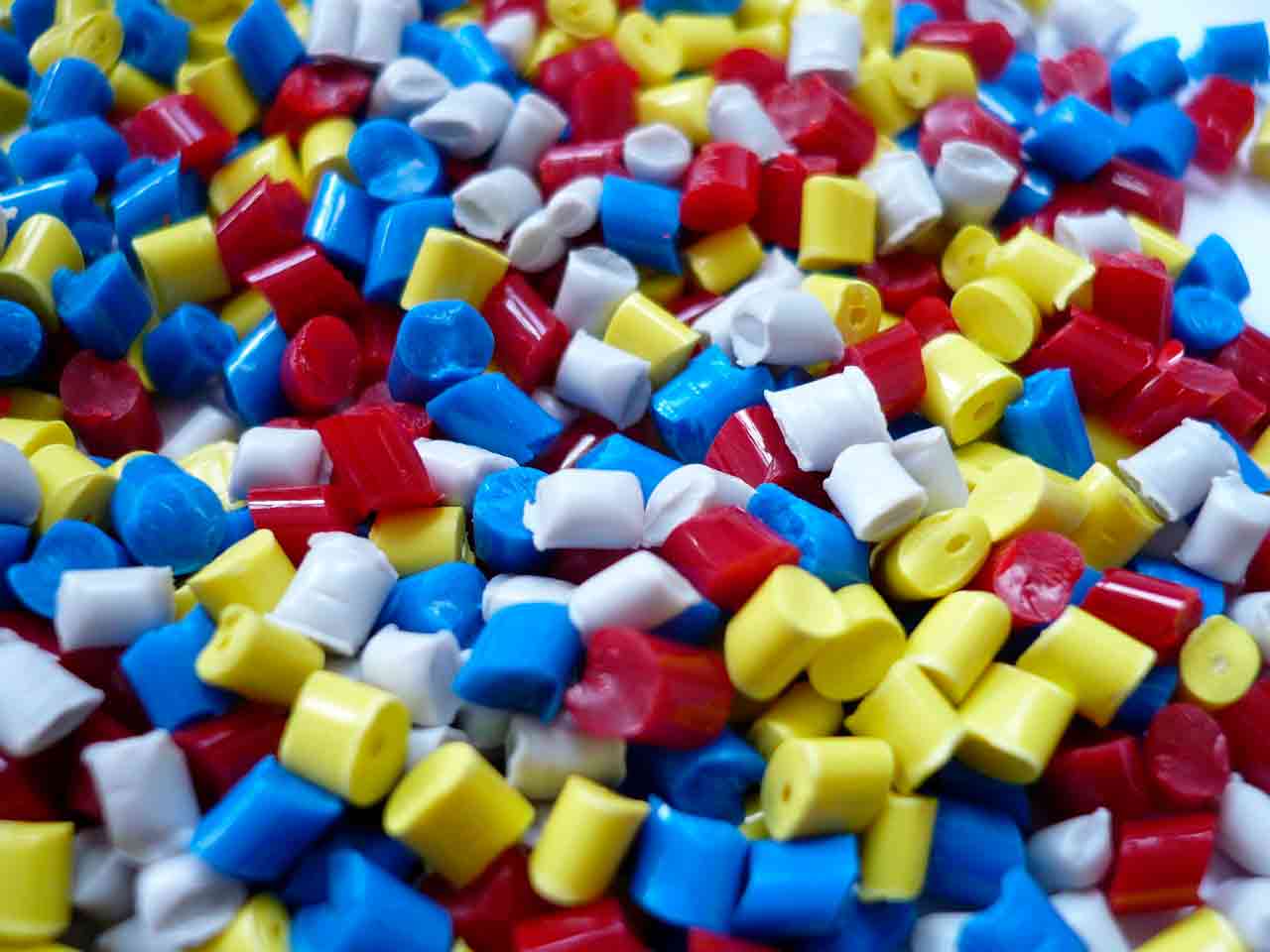
Setting the correct temperature for processing raw materials in injection molding machines significantly affects the entire plastics processing process. Why is this so important? How to choose the right temperature? What are thermoanalytical tests?
The influence of temperature on the plastic processing process
When analyzing thermoplastics processing processes, it should be noted that one of the key elements in the production of plastic parts is providing energy to the polymer mass in order to plasticize it, and then receiving this energy during the cooling stage of the injection cycle.
Therefore, the influence of temperature on the injection process is literally difficult to overestimate. Thanks to this, we can efficiently produce parts by changing:
- material condition of raw materials;
- melt viscosity;
- material processing parameters.
Correctly setting the temperature of the injection molding machine and other process devices involved in the injection process ensures stable and repeatable production.
Selecting the appropriate melt temperature by setting the plasticizer barrel temperatures will provide better surface quality of the part being manufactured, appropriate filler orientation (isotropy of fibrous fillers) and a higher proportion of crystalline phase when processing crystalline materials.
It is also worth paying attention to the influence of the processing temperature of mold cavities and halves during stable, automatic processing operation. This is important to ensure an appropriate flow path for the material and reduce internal stresses on the part. Problems with heat accumulation inside the mold cavities can lead to geometric deformations of the part after molding - warping of the molded part, for example.
Processing temperature selection
Plastics used in industry to produce parts are typically composite materials. They consist of a polymer matrix, which serves as the material basis of the material, and a variety of fillers that give the composite material special properties.
The main tool when setting the processing temperature of a specific material is the Technical Data Sheet (TDS) provided by the manufacturer. It defines:
- process temperature range;
- recommended instrument temperatures;
- processing method;
- material properties, such as tensile strength, shear strength, percentage of shrinkage during processing;
- additional properties of the material, such as resistance to UV radiation and non-flammability.
The TDS card describes a given plastic based on laboratory tests.
Thermoanalytical studies
The technical data sheet of a plastic usually indicates processing temperature ranges, but within these ranges the plastic may have completely different technological properties during processing. Batches of the same raw material may also have different technological properties depending on the method of preparation, production, production plant or technological parameters.
To prevent production failures due to differences in material viscosity resulting from processing temperature issues or changes in process parameters associated with a new batch of material, material flow rates should be tested periodically.
They are performed using a load plastometer. The methodology for testing plastic flow coefficients is described in standards such as PN-EN ISO 1133 or ASTM D1236. The MFR/MFI (mass flow rate) and MVR (volume flow rate) coefficients are the main factors that ensure the same process properties in terms of material flow and viscosity at a given temperature.